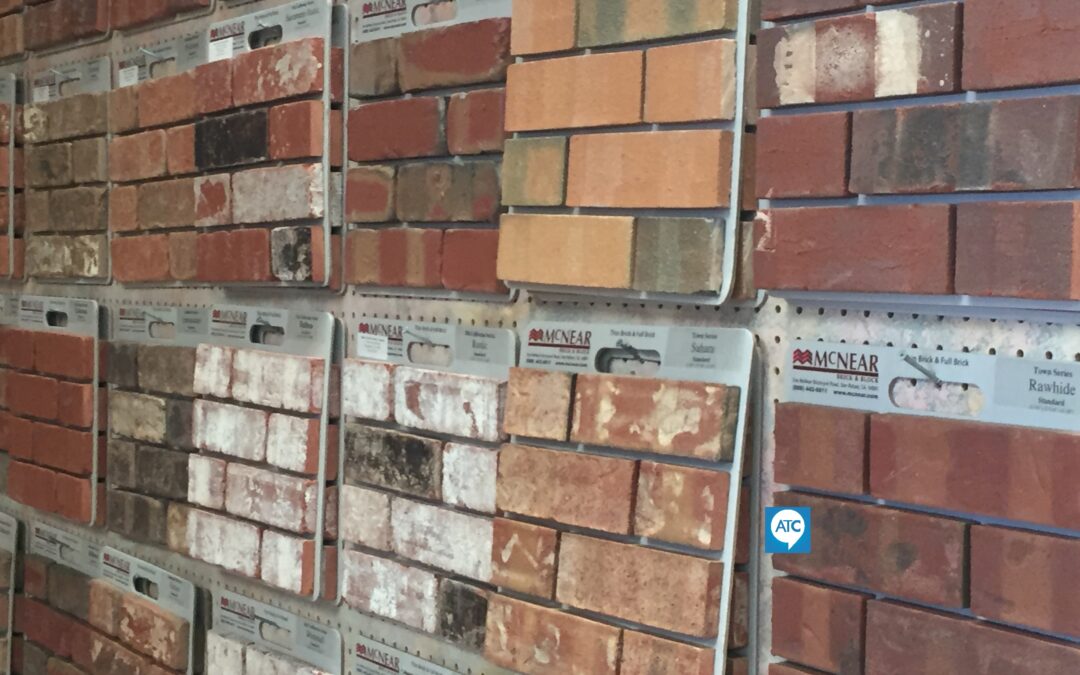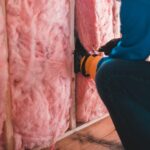| I am trying to install a faux stone veneer around a TV Mount and a Fireplace on an interior drywall wall. Here is the question from Sara: What kind of Stone should I use for this project? |
This is a very common question we receive with interior remodels. I am going to answer it right here with the help of our friend, Mike Dawson with Rustic Brick.

Great. Again, from Rustic Brick here in Sacramento. In fact, they are located on Power Inn Road. Check them out. I’ve been there a million times. They have a great showroom with a lot of selection to go through to make your project look very beautiful.
Mike, thanks for joining us.
Todd: Is there any particular stone that would be best for her situation, Mike?
Mike: Well, anything that’s lightweight. She’ll have to take the drywall off and put cement board up. You will need something strong, so you need some kind of a substrate that the mortar or thin settle will stick to. So, once you’ve done that, any thin veneer, Natural Stone, these Stack Stone, Natural Stone panels, Imitation Stone, or Thin Brick. Any of those would work for that project.
Todd: That now if she takes the drywall off and puts a thin-set on backer board, whatever you want to call it. Also known as cement board. There are a lot of names that people call them.
Sara Can Go with Real Stone If She Wanted That Option
Mike: Yeah. Anything thin and lightweight is good. Veneer, Natural Stone, or imitation Stone, for example. Either of those would work
Todd: And the weight factor is an issue because if you go with something that’s heavier than what it should be, then you’d have to have that floor probably beefed up. To carry that kind of weight. So, it would be best to go with something lightweight.
In fact, that’s a really good point about taking the drywall off, because here’s the thing… and I want my listeners to know this…
What you Attach to the Drywall is Only As Strong As the Paper of the Drywall.

Mike: That’s it.
Todd: And that’s why in some new homes people actually glue the tile right to the green board in the shower. Well, that’s not going to stay on for very long because again, it’s the paper that the tile or stone is bonded to, and in this situation to be the same thing.
You’d want to start with some type of backer board. Next, you can attach lightweight material. So, it sounds like that will put her on the right track. Do you agree with me, Mike?
Mike: Yes, I do.
We’re Talking to Mike Dawson Owner of Rustic Brick.
I want to emphasize if you do a project like this and even if it’s tile or stone anything that you put on green board or sheetrock, you’re gluing to a piece of paper. That’s it and once moisture gets behind that, it’s over. So that product or any product is susceptible, and it will more likely happen in a bathroom than in a living room.
But think of this too..
“You have heat from a fireplace, and those stones are going to contract and expand when you build a nice big fire on a cold day.”
Todd Bird, Host of AskTheContractors.com
As a result, the walls are going to heat up. When the walls expand and contract, that stone is only as strong as the paper that it’s on and paper is not very strong.
You Want To Do It Right the First Time
So again, I want to emphasize if you do a project like this, you don’t want to have to do it twice.
I hope that answers your question Sara.
I really appreciate it. AskTheContractors.com. And if you have a question, just send it to me.
- I would like to see what you’re up to.
- What kind of projects you’re doing around the house?
- And again, if I can’t answer the question, even though I’ve been a contractor for well over 30 years. Ii will get the answer.
If you’re a contractor you want to be on that list of qualified contractors. Send me your information. I’ll get you on there and people can go directly to you, and hopefully get the project done and done right the first time.






